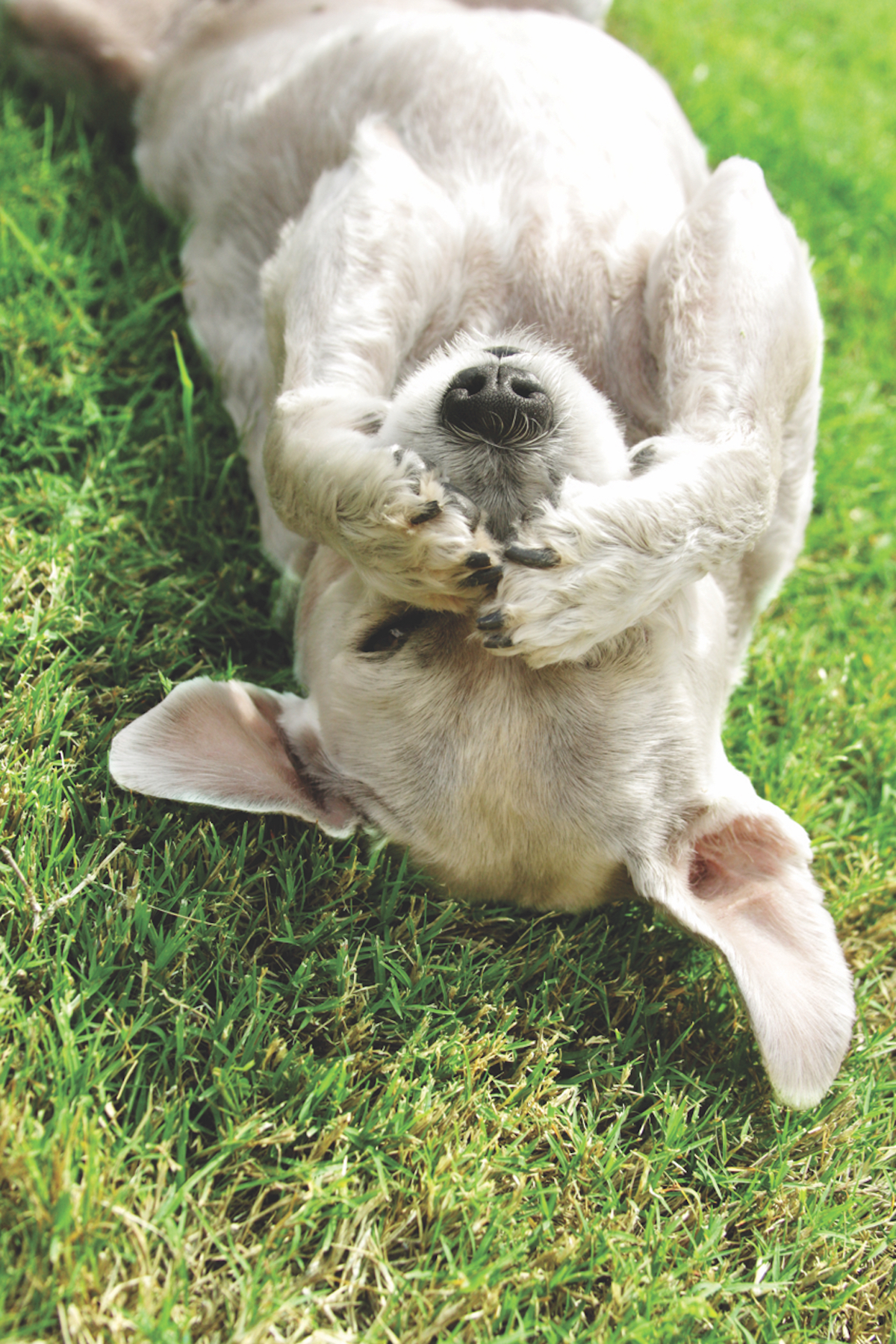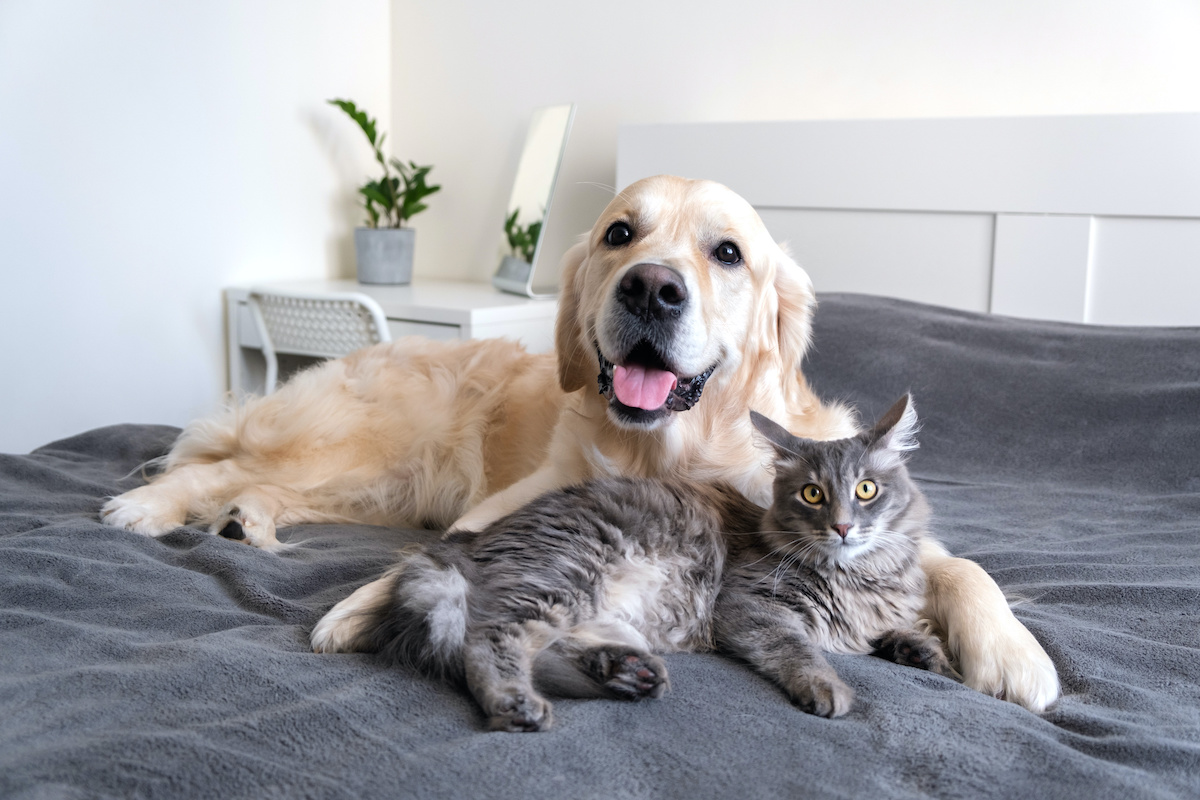By Tracie Korol
A U.S. federal judge has recently ordered the Food and Drug Administration to begin proceedings to withdraw approval for the use of common antibiotics — tetracyclines and penicillin — in animal feed citing concerns that overuse is endangering (human) health by creating antibiotic-resistant superbugs. The FDA began such proceedings in 1977 but the approval remained in place.
“In the intervening years, scientific evidence of the risks to human health from the widespread use of antibiotics in livestock has grown, and there is no evidence that the FDA has changed its position that such uses are not shown to be safe,” said U.S. Magistrate Judge Theodore Katz. The FDA must now withdraw approval for non-therapeutic use of antibiotics unless makers of the drugs can produce evidence that their use is safe.
So how does this ruling affect my dog? Follow the trail: once an antibiotic-laden protein (chicken, cow, pig, duck, buffalo, fish) has been stripped of all products suitable for human use, the remains are shipped to the dog food plant. Via a complicated series of steps, these antibiotic-laced leftovers eventually end up in your dog’s food bowl. Over time, with a passive yet constant stream of antibiotics into your pet’s system plus the addition of intentional antibiotic use from the vet, a dog’s natural intestinal bacteria can be replaced with pathogenic microbes (the bad guys), for instance, Candida.
Candida albicans, which causes candidiasis, is a single-celled organism classified as both a fungus and a yeast. It occurs naturally in the digestive and genital tracts, and in healthy bodies is kept in check by beneficial bacteria — most of the time. In humans whose good bacterium has been damaged, Candida contributes to thrush (fungal infection in the throat and mouth), diaper rash, athlete’s foot, jock itch, vaginal yeast infections, digestive problems, seasonal allergies, ringworm, nail fungus and … wow! Bad stuff, indeed.
Like all yeasts, Candida thrives on sugars including those from grain, starches and other carbohydrates. When feeding a typical commercial dog food, based to a great degree on grains, you are in essence adding sugar to the digestive tract, excellent food for the yeast. Add passive antibiotics that kill off all bacteria, good and bad, and you have the recipe for an unhappy and uncomfortable dog.
Candida symptoms are often misdiagnosed as allergies manifesting as rashes or skin outbreaks on the feet, face, armpit, underbelly, or genital areas. How many dogs do you know that spend large parts of their days chewing at their front paws? Recurring hot spots or infections of the ears, eyes, bladder or urinary tract can also be attributed to Candida overgrowth. Often these conditions are accompanied by a secondary infection (which is what usually get treated and usually with antibiotics) but the underlying cause is rarely addressed by conventional medicine. In addition to fatigue, lethargy, immobility, joint pain, and discomfort all caused by yeast toxins, the infected dog may also experience severe itching leading to endless biting, chewing and hair loss. The dog’s skin may turn black, become dry and flaky, or develops a greasy grit on the surface. And then there’s that heavy doggy funk.
Treatment with antibiotics and steroids brings temporary relief but 10 days to two weeks after your course of meds later your dog has a flare-up and you’re back at the vet. If left unchallenged, Candida changes into a multi-celled fungus with hairy root-like projections called rhizoids. The rhizoids penetrate the intestinal wall and that affects a body’s ability to absorb vitamins, minerals, amino and fatty acids leading to nutritional deficiencies and leaky gut syndrome. So now you have a dog that not only is miserable on the outside, but miserable from the inside, too. Leaky gut causes chronic low-grade infections, inflammation and more allergic responses.
Alternative therapies, such as medicinal herbs and diet, have few side effects and help correct the problem’s underlying causes. For human patients, menu plans such as the Atkins diet, which is high in protein and fat and very low in carbohydrates are recommended because it starves yeast cells without harming beneficial bacteria. Go a step further with a modified Atkins-dog diet and feed clean proteins — no hormones, no antibiotics — and healing can occur even quicker.






